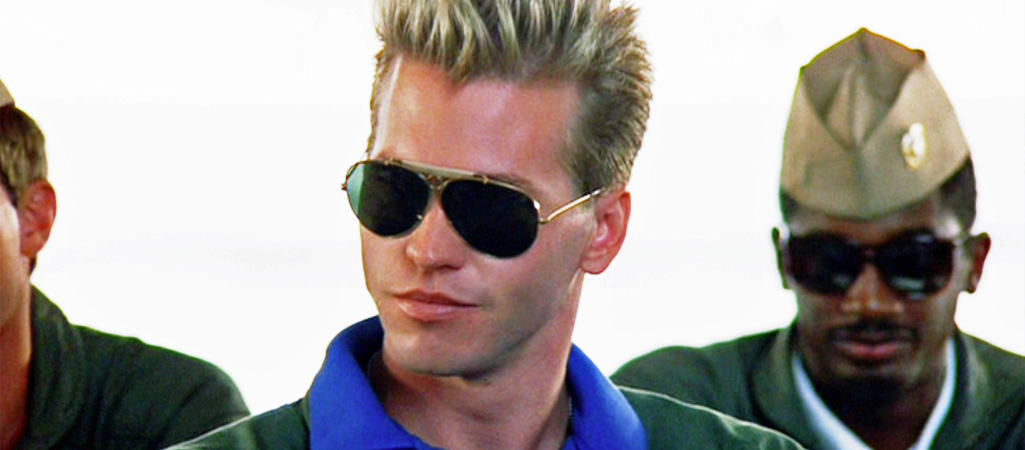
Top Gun: Maverick is currently making all the money, and depending on who you ask, that means good times at the movies are back or, if you’re a far-right radio host, that the Democrats are going to lose bigly in November. One of the stand-out moments has little to do with its next-level aerial photography. It’s the scene where Tom Cruise’s aging (but still kicking) super-pilot meets in person with nemesis-turned-texting buddy Tom “Iceman” Kazansky, played by Val Kilmer — a scene that, despite its semi-autobiographical bona fides, had to lean on some cutting-edge tech to pull off.
The scene nods to Kilmer’s real life ordeals: In 2014, the actor was diagnosed with throat cancer and underwent a tracheotomy. He’s been cancer-free for four years, but the fight cost him his voice. In the Top Gun sequel, Iceman is dying from some mystery illness that has also left him unable to speak. Instead he communicates via a computer, but at one point you briefly hear his voice. But it’s not exactly Kilmer you hear speaking.
As per Fortune, Kilmer teamed up with London-based tech startup Sonantic to create a digital version of his voice, using hours of archival footage featuring his speaking voice before his illness. The company then fed those sounds into the their algorithms, which they then used for a model.
As Fortune elaborates:
“After cleaning up old audio recordings of Kilmer, [Sonantic] used a ‘voice engine’ to teach the voice model how to speak like Kilmer. The engine had around 10 times less data than it would have been given in a typical project, Sonantic said, and it wasn’t enough. The company then decided to come up with new algorithms that could produce a higher-quality voice model using the available data.”
It’s not far from what techies did to Mark Hamill’s voice in the Book of Boba Fett episode featuring the younger (and less gravelly) Luke Skywalker. You can listen to a sample of the AI version of Kilmer’s voice below.
Now, before you think this is a priceless form of technology that can only do good, it’s best to consider its disturbing ramifications. A Radiolab episode from 2019 delved into the creation of AI-created voices, such as the one used for Kilmer.It pointed out that this tech, not unlike equally dangerous deepfakes, doesn’t only allow malefactors to create soundalikes that could be used for nefarious purposes. It also allows people to deny that audio of them, say, saying something damning is real. Imagine if Donald Trump would have been able to call the Access Hollywood tape “fake news”? Something to keep in mind when you’re listening to the ersatz Kilmer voice in Top Gun: Maverick.
(Via Fortune)
